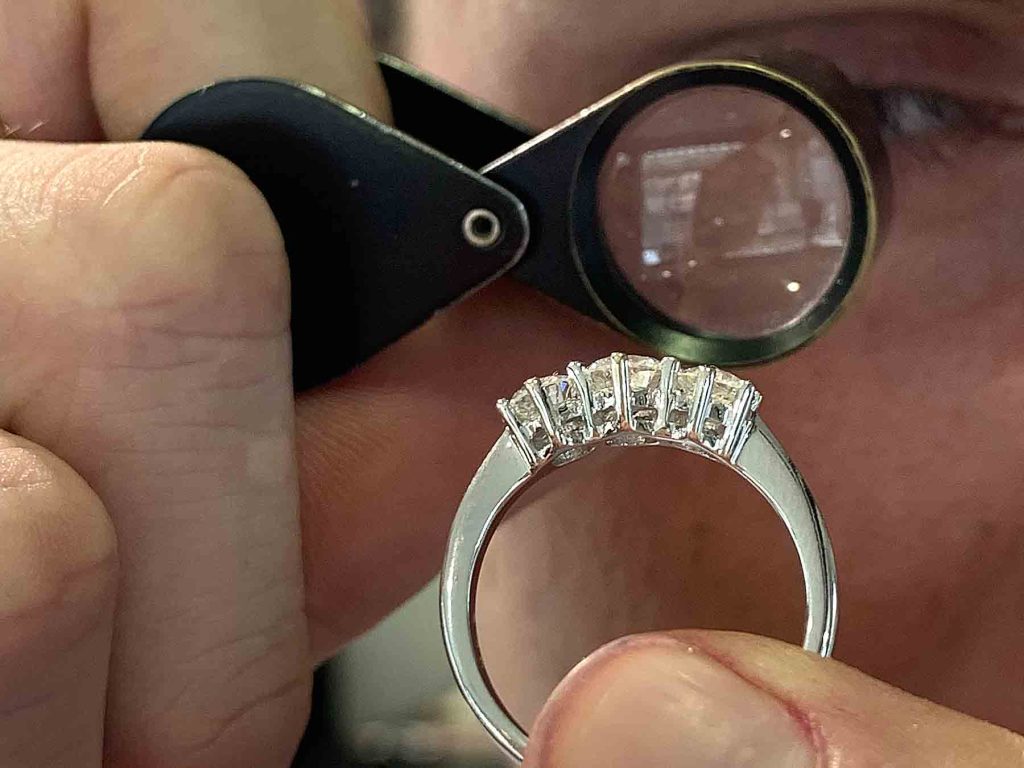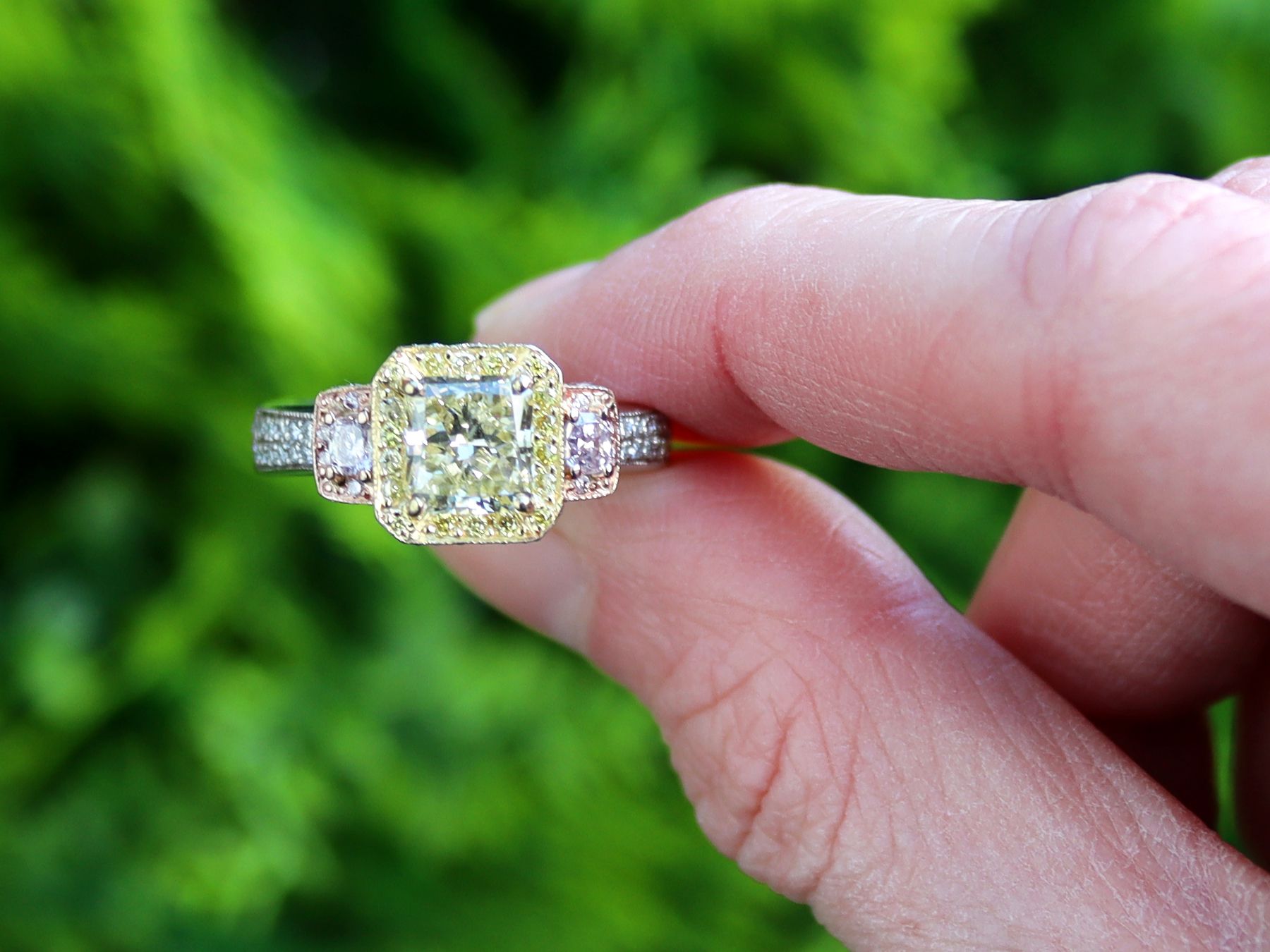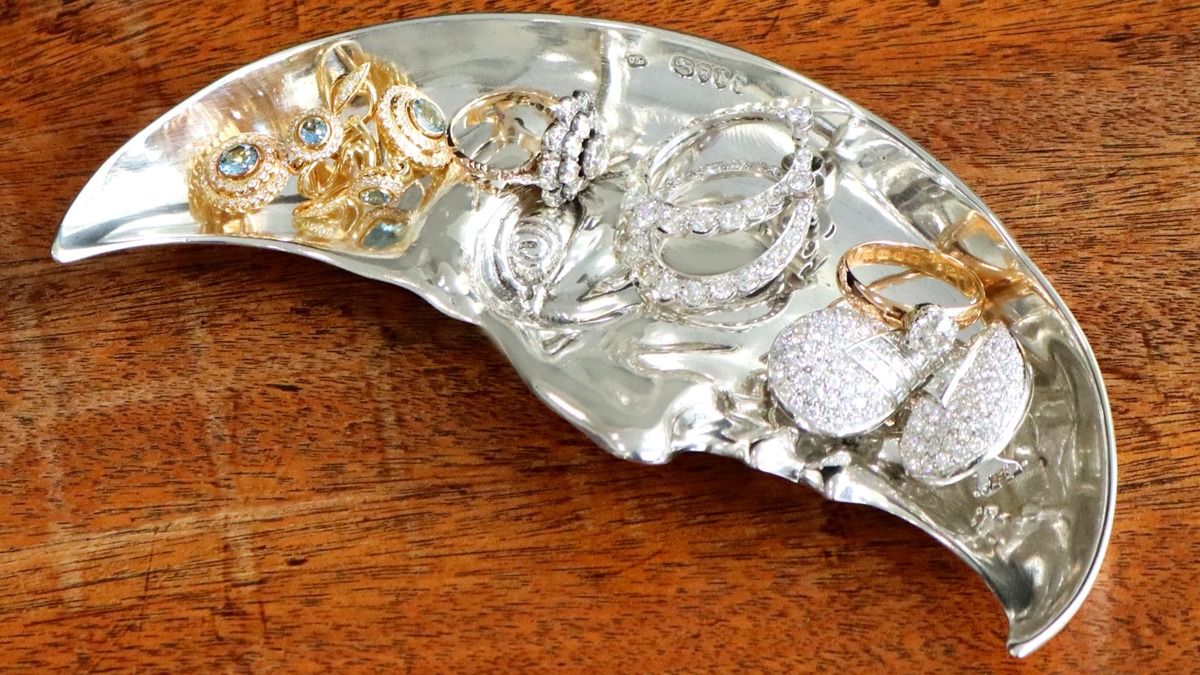What is a Jeweller’s Loupe?
Pronounced loop, a jeweller’s loupe is a simple, small, magnifier. It is used by professionals to inspect diamonds and other gemstones. Loupes allow the user to focus on objects at much closer distance than is usually possible, thanks to their special lens. This lens makes the object appear much larger, thus revealing tiny details that wouldn’t be visible to the naked eye. Loupes are important because they allow jewellers- and customers- to properly inspect pieces for quality and security. A jeweller without a loupe is like a photographer without a camera!
Which Loupe?
Most jewellers favour a 10X triplet magnifying loupe. This is the perfect choice for viewing jewellery, especially gemstones. Professionals who grade diamonds use this style of loupe to do so. So, whilst anything viewed through a more powerful loupe is interesting, it isn’t included on official grading reports. Loupes with black framing can also be a handy, but not necessary, choice. This is because the black eliminates reflections that can alter perception of the object you are viewing.

What Are You Looking For?
You can spot a whole variety of jewellery characteristics when looking through a loupe. These include:
- Cracks and chips in gemstones
- Larger inclusions and blemishes
- Security of prongs and settings
- A close up view of the piece’s artistry
Although these features may make you feel as though you are looking for flaws, this is not the case. In The Connoisseur’s Guide to Precious Gemstones, R. Wise wrote that ‘rather than regarding inclusions in coloured stones as harmful, in small sizes and numbers that do not in any way detract from their beauty, they should be regarded as adding to desirability, for they provide identifying characteristics.’
Loupe Terms
When looking for your own loupe, there a few new terms that you may encounter. The three important phrases are:
- Field of View: This refers to the size of the area you can see through the lens. The diameter of the lens affects the field of view, but so does magnification power. The higher the power, the smaller the view.
- Depth of Field: This regards how far you can move the loupe from an item and still have it be in focus. The higher the power, the shorter the depth of field.
- Focal Length: This is the distance that you hold the loupe from an object to get the best focus and magnification. As magnification powers increase, focal length decreases.
How to Use the Loupe




- Firstly, hold the jeweller’s loupe between the thumb and forefinger of either hand. Or, slip your index finger through the gap left if this is a folding loupe- whatever is most comfortable.
- Then hold the object (in this case a stunning diamond ring) with the thumb and forefinger in the other hand.
- Next, bring the loupe holding hand close to your nose or cheek. The loupe should be approximately one inch from the eye. There’s no need to close the other eye (although this may feel more comfortable) or take off glasses if you wear them!
- Here’s the tricky part- remain as steady as possible, to ensure best possible inspection. If you need a little extra support, keep the loupe in the same position described above and rest your elbows on a table or countertop, or brace them against your chest.
- Holding the object about an inch from the loupe, it is time to begin your inspection. This may be a struggle at first, however it will get easier the more you practice. Play with the object being examined and rotate it slowly, tilting it backwards and forwards while looking at it with your loupe from different angles. Take a close look at the item for any of the characteristics mentioned above- or just appreciate its beauty!
If you’re looking to invest in antique or vintage jewellery, then it’s helpful to know how to use a jeweller’s loupe. Hopefully this handy 5 step guide will help you inspect with confidence on your next trip to the jewellers.







One Response
This has been so helpful..thanks